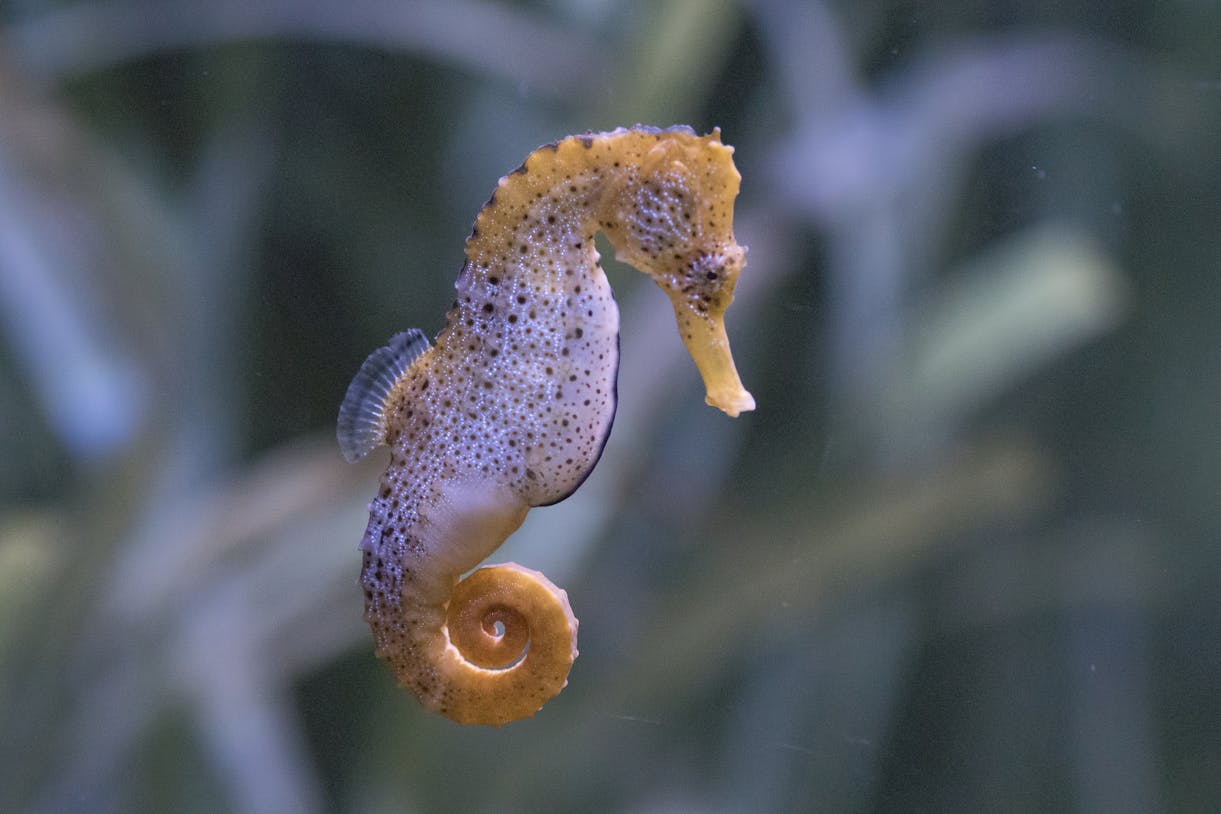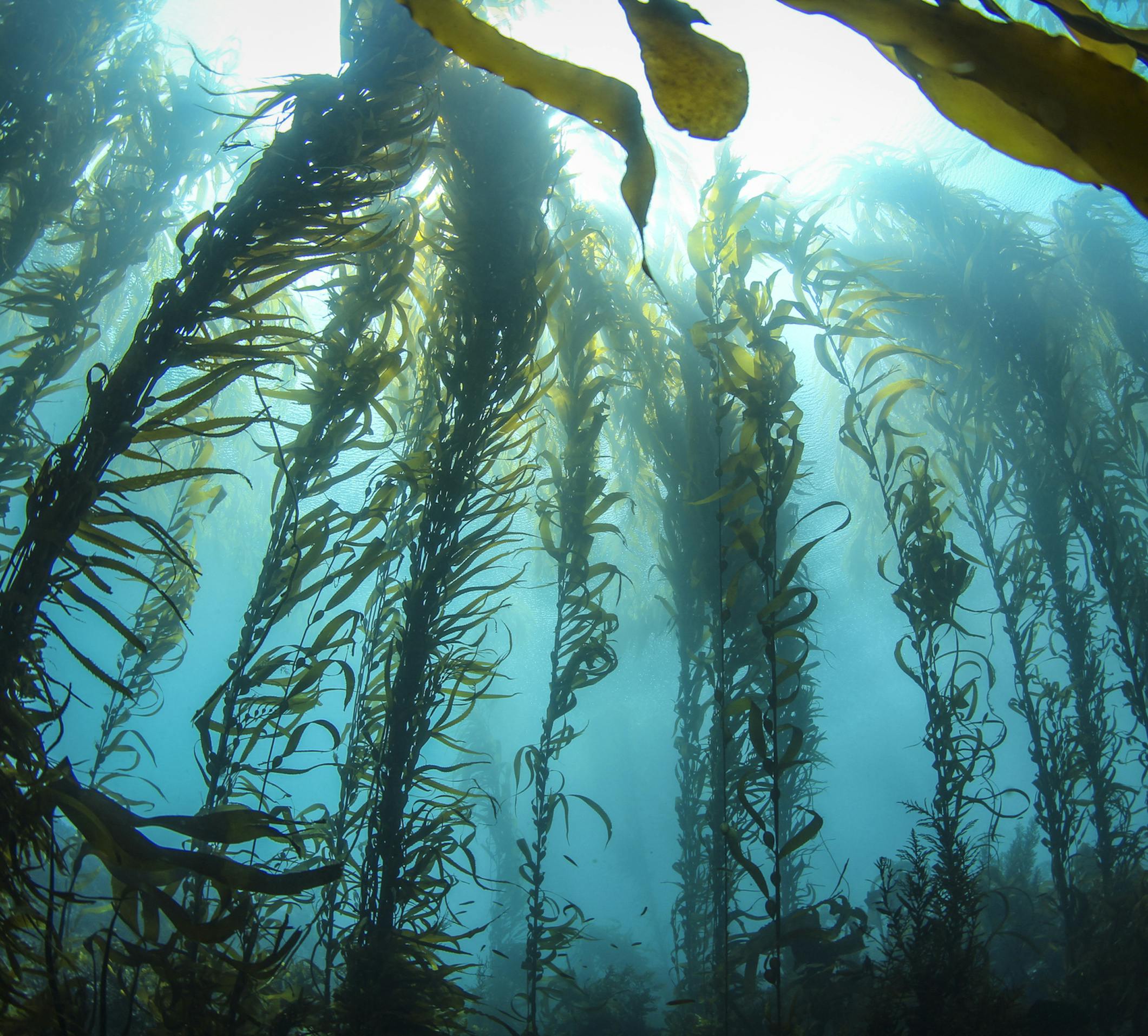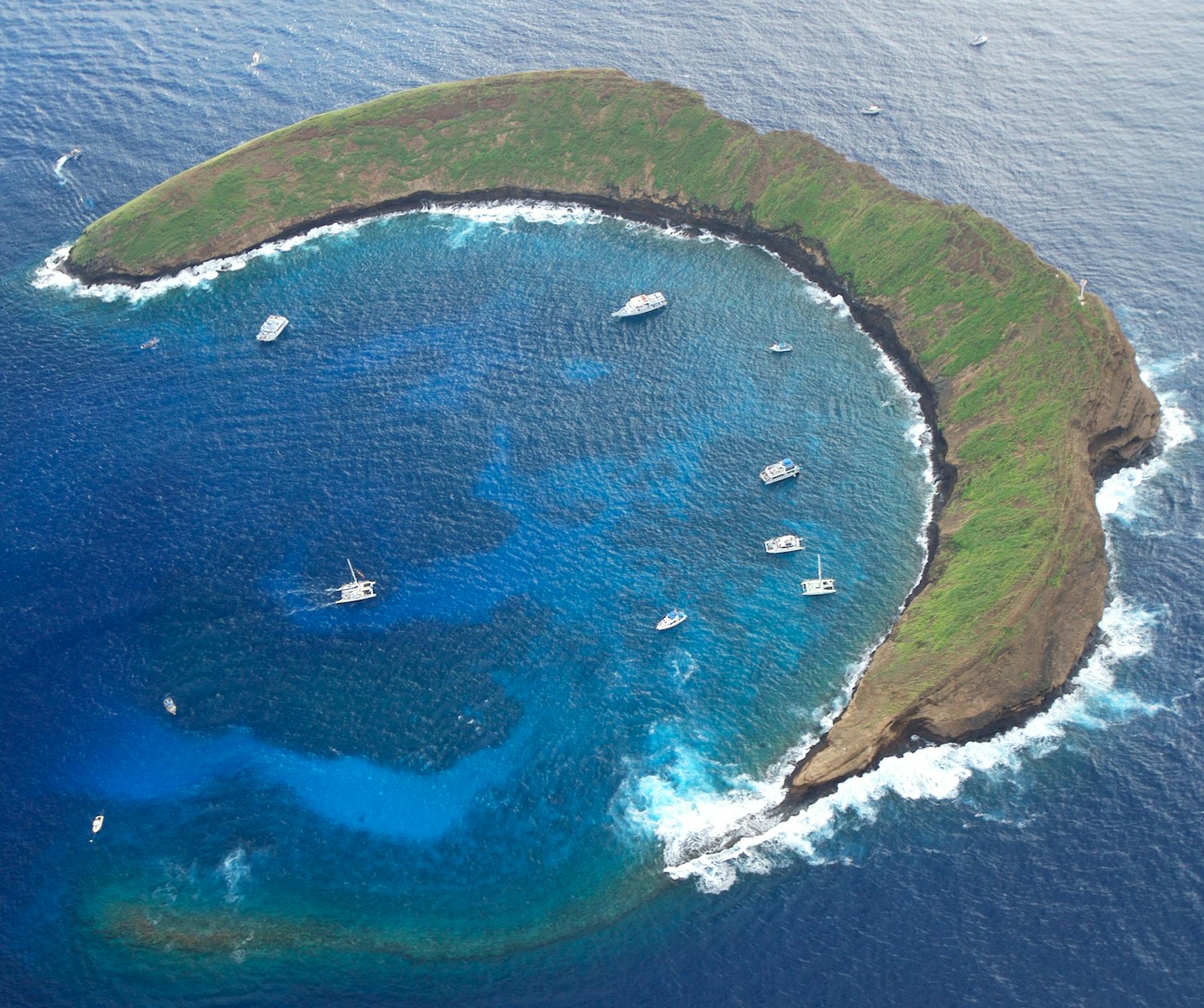Free Shipping on orders of $49+ | Signup for Direct Rewards
Free Shipping on orders of $49+ | Free Store Pickup | Signup for Direct Rewards
Free Shipping on orders of $49+ | Signup for Direct Rewards
Free Shipping on orders of $49+ | Free Store Pickup | Signup for Direct Rewards

While Bilbo Baggins once famously said, “We are plain quiet folk and have no use for adventures… Make you late for dinner!” If you’re up to pack a snack (and a second snack) and go exploring, come with us to discover some of the top scuba diving spots in the United States. Here you’ll find a list of dive sites and some brief information about each that we know will give you the travel bug and inspire a bit of exploration. So, what do you say? Let’s go on an adventure!
According to PADI, “There are currently 208 dive sites listed around the United States of America (USA), of which 77 are Reef dives, 59 are Ocean dives and 56 are Beach dives.” We know these numbers may be slightly under since there are more than 100+ great dive sites right here in Florida. So, there is plenty to explore! And while we commend any effort to visit every dive site in the U.S. (or even just in Florida alone), let’s simplify this list and highlight the top sites every diver must see!
As adventures tend to go, let’s start from home (that’s South Florida for us) and work our way out from there.
As we mentioned a moment ago, Florida has more than 100+ amazing dive sites to choose from. So slimming that down to a few of the best dive sites was challenging, but we do this work for you, dear diver. In no particular order, here are Florida’s best dive sites.
We’ve said it once, we’ve said it twice… heck, here we are saying it a third time. The Blue Heron Bridge is one of the top dive sites in, not just Florida, not just the U.S., but honestly, the world! That’s pretty fascinating considering its max depth is around 22 ft. Located in the Phil Foster Park in West Palm Beach, this gem features ultimate clarity, visibility, and accessibility. When all you have to do is park, gear up, and get in, and you can bring your snorkeling buddies along for the fun as well, this is a spot that nearly everyone can enjoy.
Oh, and PS, remember to bring your underwater camera. This dive location is famous for the masterful underwater photography one can capture here.

The Spiegel Grove dive site is about 6 miles off the coast of Key Largo. This incredible dive site sits in around 135 feet of water (its highest point being at around 65 feet), making it a dive for more advanced divers. But, if you’ve got the qualifications to go for it, we highly recommend this dive. If you’ve got a wreck diving certification, this is a wreck you’ll love to explore due to its size and accessibility. That, and the fact that you’ll see an incredible variety of marine species around this dive site, is why it’s on our top list of scuba diving sites in the U.S.
Need more Florida? We totally get it—we, too, are kind of obsessed with diving here. You can find more places to explore in the plethora of Florida Dive Destination Blogs we’ve curated just for you!
Add some yee-haw vibes to your dives on a visit to Texas. You know what they say about Texas and things being bigger, therefore it is no surprise that the following marine sanctuary is absolutely massive, covering more than 50,000 acres.
Since it’s roughly 80-125 miles off the coast of Galveston, this is the only dive site on our list that you’ll need to take a liveaboard charter for a weekend to get to and explore. You may first be amazed by all the colors, colors, and more colors that you’ll see when you get in the water. The diversity of marine life that thrives here is awe-inspiring to say the least. This diversity is, in part, thanks to the many scientists and activists that worked for decades to get the Banks designated as National Marine Sanctuary. Here you can enjoy day, dusk, and night diving. The shallowest reefs you’ll find here are around 56 feet deep and the deepest point is an incredible 722-feet in depth. The sanctuary continues to expand so come explore the sprawling lands and diverse ecosystem that thrive in the Flower Garden Banks National Marine Sanctuary.
You may have heard of some of the amazing diving that can be had in the Great Lakes. But did you know that Lake Huron has a marine sanctuary that’s also a freshwater diving haven? Let’s explore!
The Thunder Bay National Marine Sanctuary in Lake Huron is just around the northeastern edge of the mitten of Michigan. The sanctuary is also known as “Shipwreck Alley” due to the roughly 100 historic shipwrecks that haunt its varying depths. You may be surprised to find that some of these wrecks date back to 1844, especially since they are so well preserved thanks to the freshwater environment they call home. Two of the most preserved wrecks are the Pewabic (wrecked in 1865, sitting at a depth of 165 feet) and the Montana (wrecked in 1914, sitting at a depth of 63-feet). The visibility varies pretty significantly here, but you can find an average of about 50 feet of visibility when flipping your fins through Shipwreck Alley.
When thinking of Southern California, you may first think about surfers, Venice Beach, the Hollywood sign, and the smoggy, booming city of Los Angeles. But we’re here to talk about what’s resting under the surface of the cool Pacific waters just offshore. In fact, let’s head off the mainland entirely and visit the famously gorgeous islands off the coast of SoCal.
As it goes with Southern California, things get famous here, and Casino Point on Santa Catalina Island just so happens to be a famous scuba diving (and that fame isn’t unwarranted). Casino Point was the first nonprofit underwater park in the country, and it’s accessed just outside the world-famous Casino Building. The park is 2.5 acres in size and the clearly marked buoys prevent boaters from entering to keep divers and swimmers safe while they explore its depths (up to 95 feet). The array of wildlife you’ll find here will wow you—sea lions, octopuses, opaleye, angel sharks, giant kelp, and loads more!
Diving around Channel Islands National Park is a fully immersive nature experience, and we don’t just mean the dive itself. When diving here, your accommodations may be slightly more rugged—basically, pitch a tent on the ground and go. There are a few different islands you can choose from and they all offer a slightly different experience, but the best diving can be found on the Santa Barbara, Anacapa, and eastern Santa Cruz islands. Here’s the thing though, regardless of which island you choose, these dives are not for novice divers. This is perhaps the most challenging dive site on our list due to winds and currents, but it’s well worth it if you’ve got the skills to safely manage it. As we know, nature is unpredictable and these islands are known for their unpredictability. Currents and weather conditions can shift quickly, causing you to shift your dive plans in a moment’s notice, and visibility can range anywhere from 10-100 feet. Why go through such trouble for a dive? We can assure you, there is almost nowhere else in the world you’ll find such a dive through enchanting kelp forests like you’ll find here.

We know what you’re thinking… Washington? Diving? Really? Yes, really! Will you need an incredibly thick wetsuit or even a drysuit? Absolutely. Will it be worth it to brave the bit of chill that will be part of this experience? Oh yeah. Let’s see what’s put Washington state on our top dive sites list.
The Puget Sound is an inlet of the Pacific ocean that makes the area near and around Seattle aquatic and surprisingly, pleasantly diveable. Spanning over 1,000 square miles and with a max depth of 928-feet, there’s definitely plenty to explore here. But perhaps what draws us most to this specific area are the fascinating animals you can find. Not only do Giant Pacific octopuses, wolf eels, nudibranchs, and spiny lumpsucker fish call the Puget Sound home, but there have, for whatever strange reason, been sightings of the elusive sixgill sharks at around 60 feet. The sixgill sharks are usually found in thousands of feet of water, and while their more evolved cousins have five gills, these have six gills (hence the name), a trait common amongst their prehistoric ancestors from 200 million years ago. So, if you’ve always wanted to go diving with dinosaurs, Puget Sound in Washington state may be just the place for you.
While these Hawaii dives are a shoo-in for our list of top scuba diving experiences in the country, you’ll also find them on nearly every list for top scuba diving experiences in the world. Let’s dive in and find out why.
If night diving with manta rays sounds magical, that’s because it is. More than 240 manta rays call the waters off the Big Island home, and we are lucky enough to have the opportunity to watch them flipping freely through the water, enjoying their dinner. While on the experience, divers and snorkelers will hold on to a large light. This isn’t just to help us see. Like a moth to a flame, the phytoplankton—that just so happen to be the manta’s favorite night time snack—are drawn to the lights, drawing the mantas in. Since these dives are often only around 35 feet deep, the experience is open to all levels of certified divers.

Last, but the opposite of least, let’s talk about the Molokini Crater off the coast of Maui. Depending on what side of the island you’re on, when you’re standing on Maui, you can see a few of the different, smaller islands that surround it. If you’re on the south side of the island looking southwest, you can see Kaho’olawe Island, and between Kaho’olawe and Maui, there is this interesting crescent of land that is the Molokini Crater. The Molokini Crater has some of the best diving in the world. The center of the crater is made up of hard coral and protects the homes of various bright and colorful Hawaiian fish. Diving and snorkeling inside the crater is often quite easy, making it an experience for all levels. There is also the back wall of the crater, though. Here you’ll find slightly stronger currents and a greater depth of around 360 feet (you can, of course, decide how deep you want to go). On the back wall, you can see much larger species like whales, sharks, and pelagic fish.
So, now you know nine of the top scuba diving spots in the United States. You may have already been to some, you may have never even heard of others, but we hope you’ve found at least one new scuba spot to put on your to-dive list. So get out of that hobbit hole and get to adventuring!
PS. There’s plenty of travel-friendly scuba gear out there to make it easy to get from one place to another. That way you can save on rentals and use gear that you’re comfortable with and know well.
Is it better to use rental scuba gear when traveling or pack your own gear?
With scuba gear getting more travel-friendly and compact, it’s easier than ever to travel with your own gear. That being said, why not? You know when your gear was last serviced, you know how it all works and are comfortable using it, you know it will fit properly and comfortably; so, in our professional opinion, it’s better to take your own gear when traveling. Unless you really want to travel as light as possible, in which you’d want to rent your gear everywhere you go, packing your own gear really is the best way to travel and dive.
How long should I wait between diving or getting on a plane?
The required No Fly time can vary from 12-48 hours depending on how frequently you dove and to what depths you explored. That includes hiking and scenic helicopter rides, so try to keep your feet at sea level until you’re cleared for elevation. These days, our dive computers can even keep up with that for us, so check and see if your dive computer has No Fly configurations.
What should I pack for a diving trip?
Just as if you were going on a dive up the road from your house, you’ll want to have your usual dive gear (wetsuit(s), BCD, fins, regulator, dive computer, mask, snorkel, SMB, dive light, and other necessities) along with your usual travel necessities (clothes, toiletries, etc). Check out our nifty video on how to optimize your luggage space when traveling with dive gear.
Do I bring my dive weights with me when traveling?
Depending on where you’re going, you can generally leave your weights and tank at home. 9.5 times out of 10, there will be tanks and weights provided for the journey. It’s always a good idea to call ahead and be sure what the rental fees are if there are any.